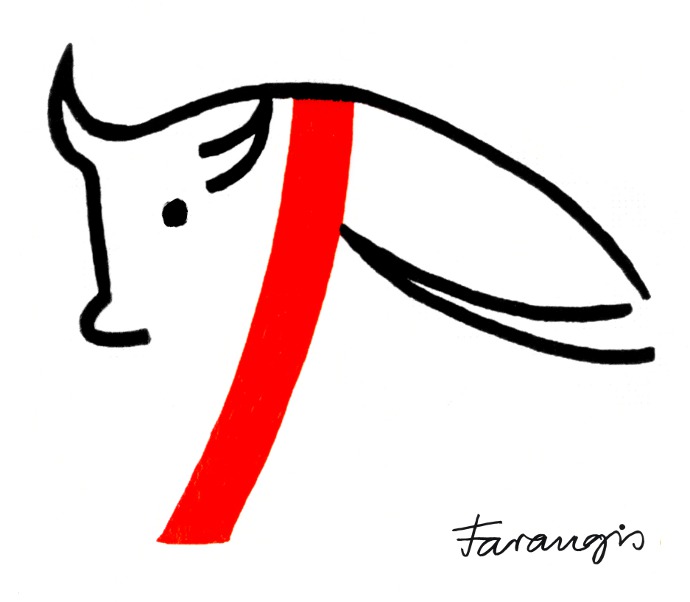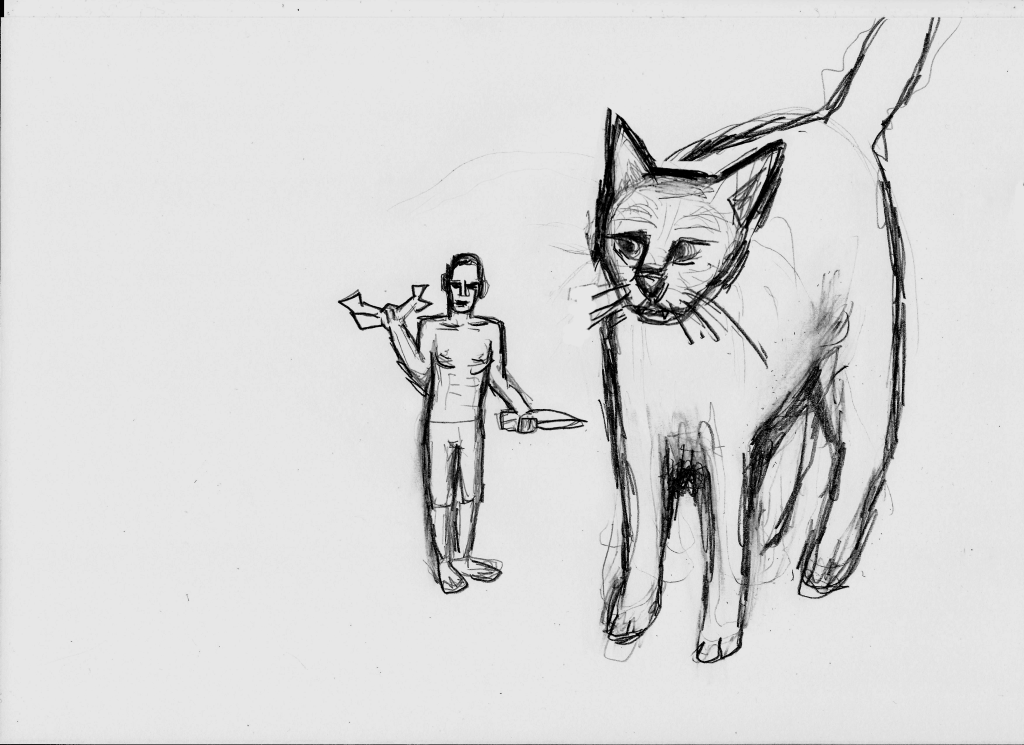Asociaciones Venerari et honorare terram! Was passiert – mit wem – wenn die Menschen nicht aufhören, Tierkörper mit Nahrung gleichzusetzen und über Tierkörper als Ressourcen zu verfügen? Der Ausdruck ihres Selbstverständnisses? Dominium terrae? „Seid fruchtbar und mehrt euch, füllt die Erde und unterwerft sie und waltet über die Fische des Meeres, über die Vögel des…Continue readingVenerari et honorare terram
Category: billions of the tiniest gods
Speciesism and some form of aesthetics, they seem to inevitably go together, and this creates a major ethical problem. How do these two connect? Maybe because aesthetics can help to give an excuse to prolong a wrong stance that one is acting up to and is aware of doing so. Speciesism comprises the conscious element…Continue readingAesthetics, are yours real?
The foundations of the rights of all life, don’t lie in first giving or first creating those rights. The foundations of rights are intrinsical to life (in its interconnected and in its individualized condition). It’s necessary to develop enough will to differentialize on the theoretical and the practical plane, in order to find solutions of…Continue readingThe Crown of the Creation. A thought related to that.
Farangis Yegane: florae Obscurae, visit page a florae Obscurae, by Farangis Yegane, 1996 The subject of ‘florae Obscurae’ is flowers – though, not in their relation to the culture of ornament or decoration, not as metaphorical entities like for example as vehicles of some unattributable malevolent purposes of fate, like in Baudelaire’s poetical thought-image of…Continue readingFarangis Yegane: florae Obscurae
So you are not an artist “A” said: Art is what people consider to be art. I said that such a statement would not be logical, because, not all isn’t art what people don’t consider to be art. Also, I said, calling something “art” doesn’t really give any manmade object the privilege associated with something…Continue readingUnknown arts

